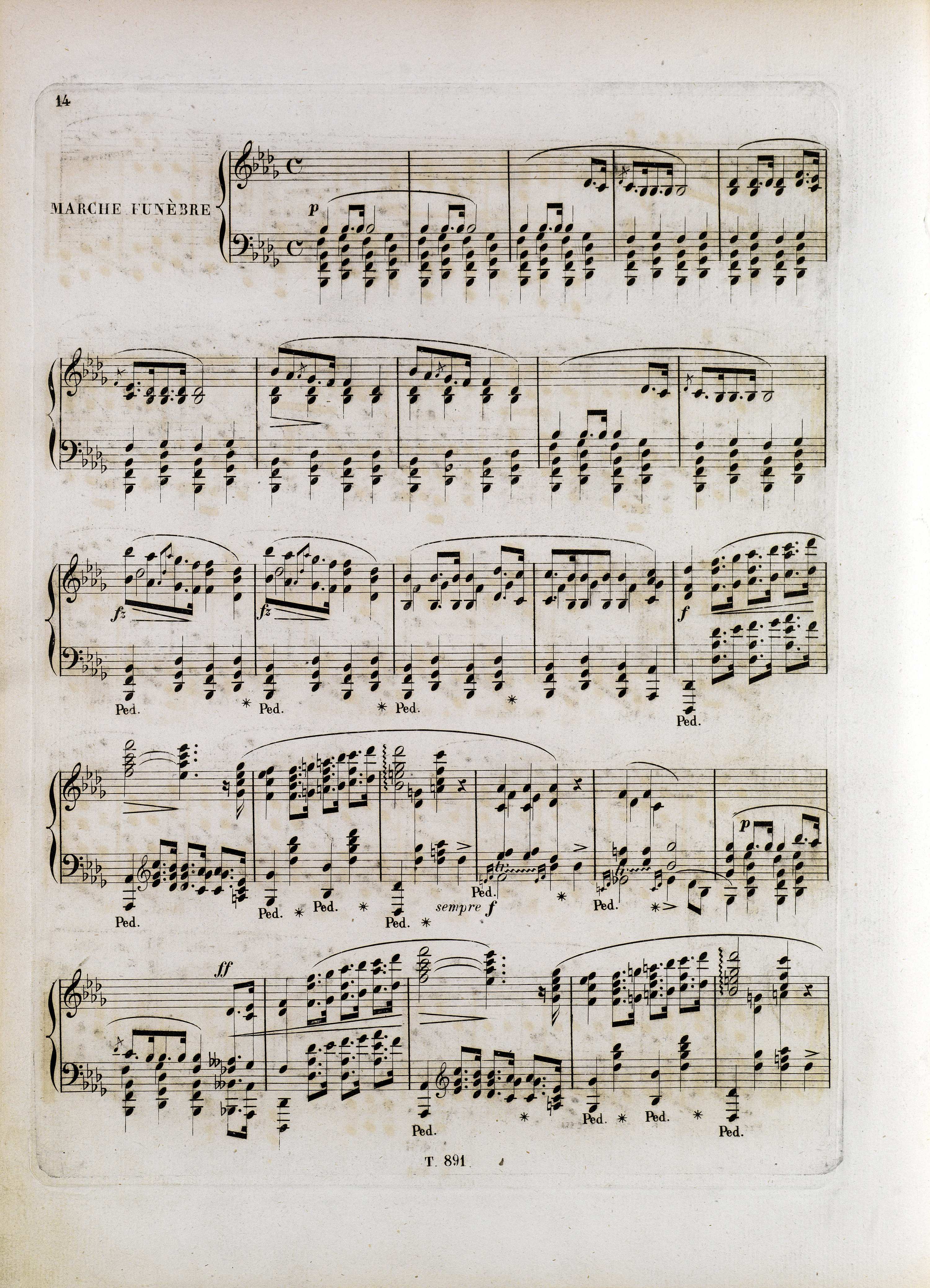




|
Pedalling in bar 11 in GC (literal reading) |
|

|
Pedalling in bars 11-13 in GC (possible interpretation) & FE (→EE) |
|

|
||

|
Pedalling in bars 11-12 in GC (contextual interpretation) & GE2 |
In [A] (→GC) the part of the L.H. in bars 12-13 is marked as a repetition of bar 11. It results in ambiguity concerning the pedalling, as we do not know whether it is to be included in the repetitions. In FE (→EE) the answer was positive, yet in GE1 (→GE2mar) there are no indications (perhaps the engraver was uncertain what to do and he eventually forgot about the problem). If we are to take into consideration only the bottom stave, there are two possibilities:
- pedalling only in bar 11 – the repetition sign concerns only the notes;
- pedalling in all three bars – the repetition sign concerns the entire text on the bottom stave.
The second possibility seems to be difficult to accept due to the inexplicable mix of harmonies in bar 13. In turn, the first one could be considered to be intended by Chopin, as he could have considered the repetition of pedalling in an identical bar to be obvious and not requiring an indication.
This reasoning, however, opens another possibility of interpretation of the notation of these bars: one has to consider the fact that bar 12 is marked in the manuscripts as repetition of the previous one also in the part of the R.H. It would mean that Chopin considered this bar to be a full repetition of the previous one, together with all performance indications (except for the slur). In turn, in bar 13, with a different part of the R.H., the repetition sign may have a narrower range, embracing the notes only. The solution, used in GE2, is, according to us, the most accurate, as far as both the source and piano issues are concerned.
Compare the passage in the sources »
category imprint: Interpretations within context; Differences between sources
issues: Errors in GE, GE revisions
notation: Pedalling

